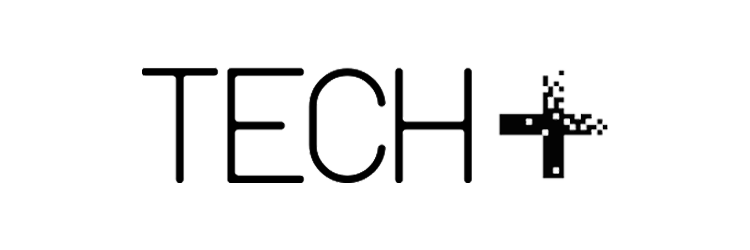Houston
April 24, 2025
Join us at the Four Seasons Houston
Earn up to 6 AIA HSW CEUs



Facades+ returns with an all-new program featuring the latest developments in building enclosure design and technology
Everything from high-performance facades, to new iconic projects across the city and region, and strategies for increasing climate resilience and energy performance.
Themes we’ll explore:
- Innovative Urban Revival: Adaptive Reuse & High-Performance Glazing at Green Street Houston
- Emerging Trends in Sustainable Construction
- Innovative Approaches to Sustainable Facades: An Academic Perspective
- Blending Sustainability and cutting-edge Design for Houston’s Skyline
Co-Chairs
Featured Speakers
What to Expect at Facades+

Symposium
Attend our Symposium for a full day of stimulating presentations and panels
Examine the fast-paced evolution of facade technology, address new perspectives on building skins, and explore innovative, sustainable design practices.

Methods & Materials Expo
Every Facades+ Conference features an Exhibitor Gallery with leading building product providers.
Get hands on with the latest materials, talk to the experts, get your questions answered and update your product knowhow.

Networking Opportunities
Join with your peers, build relationships, and meet new design partners.
Facades+ features many opportunities to meet and connect over meals, cocktails, and structured activities catered to your interested.
Save Your Seat Today!
Join us for peer-learning and networking opportunities
to keep you at the forefront of practice.
EARN 6 AIA HSW CREDITS
Pricing
General Admission
$229
$184 – Early Bird by 3/27/25.
- All Day Access to Symposium
- Methods+Materials Expo
- Peer Networking
- Breakfast
- Lunch
- Coffee and Snacks
Manufacturer
$500
- All Day Access to Symposium
- Methods+Materials Expo Gallery
- Peer Networking
- Breakfast
- Lunch
- Coffee and Snacks
Ticket for Non-Exhibiting Building Product Reps Only
Students
$25
- All Day Access to Symposium
- Methods+Materials Expo
- Peer Networking
- Breakfast
- Lunch
- Coffee and Snacks
Students w/ valid ID only
Expo Pass
$25
- Limited Access to the Methods and Materials Expo
- Meet with Exhibiting Vendors
- Networking with AEC Professionals
AEC Professionals Only
* Valid only from 1:30-4:30 PM
Testimonials
Location
VENUE
Four Seasons Houston
1300 Lamar St.
Houston, TX 77010
Single & Double Occupancy Rate: $375 plus tax.
Special sleeping rates end on April 9, 2025
Make your reservation here. Click “Check Rates”. Select dates and paste the Promo Code (250409FAC).
Or call 1-800-734-4114 and ask for Facades+ Houston Block, Promo Code 250409FAC.























































